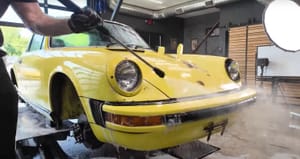Pour out a Corona, maybe?
June 22, 2001 is a date that will forever be remembered in automotive history. That’s when the original The Fast and the Furious movie was unleashed on audiences, giving many their first glance at Los Angeles’ tuner culture and the new era of street racing. A far cry from films like American Graffiti, the action movie inspired many teenagers and even some young adults to bolt an aluminum wing to the Nissan Altima handed down to them from their mother, as if that would make it faster and cooler.
Watch the latest Motorious Podcast here.
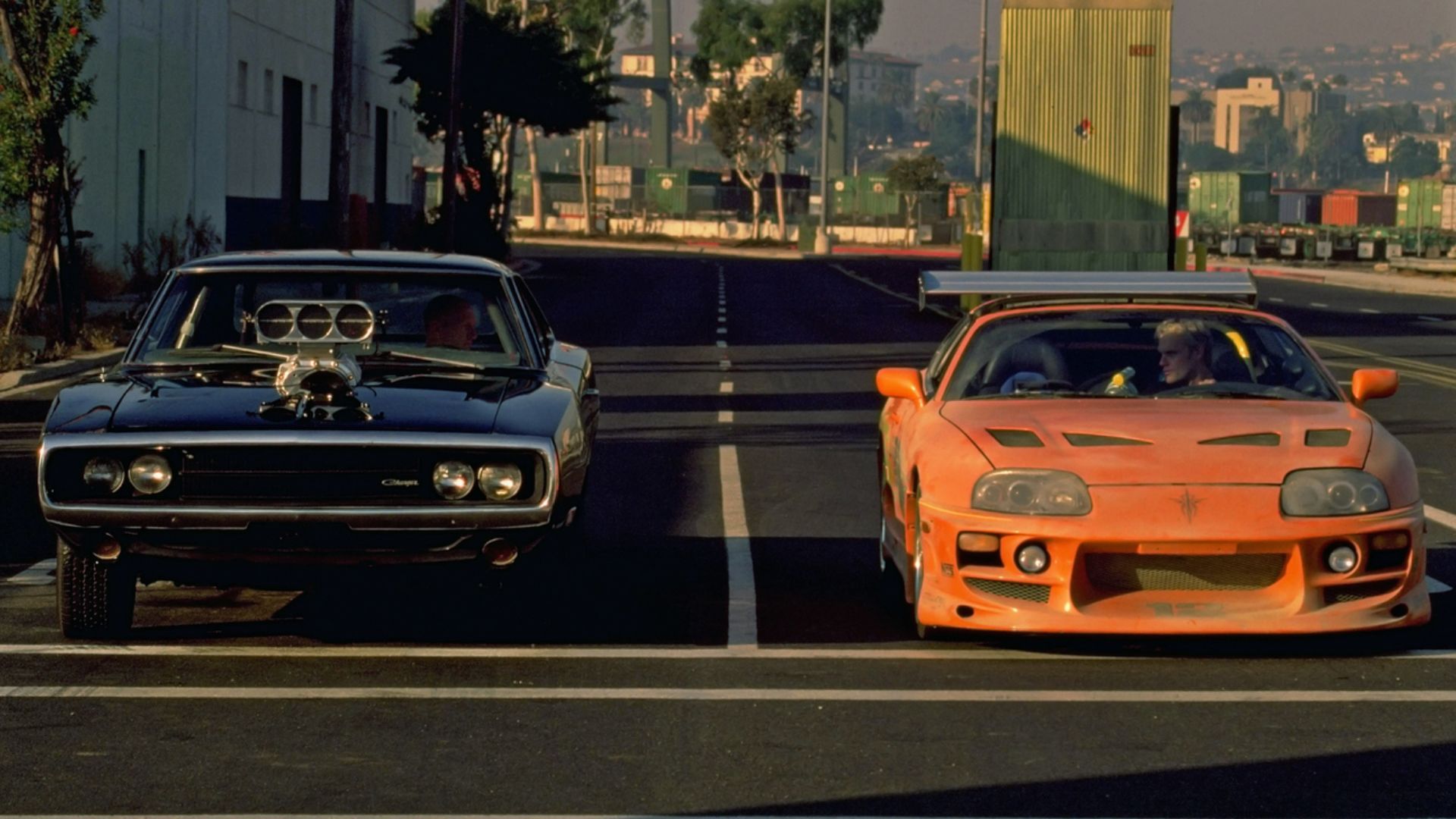
Whatever you think of the original movie or its many sequels, it did help ignite interest in cars among some kids at the time, even if that interest was superficial. In the climax of the movie is illustrated the tension between fans of old-school American muscle cars and the young upstarts who firmly believed tuner Japanese cars would displace them. Much has changed since, with the franchise reflecting those shifts in the automotive landscape as American muscle has surged dramatically.
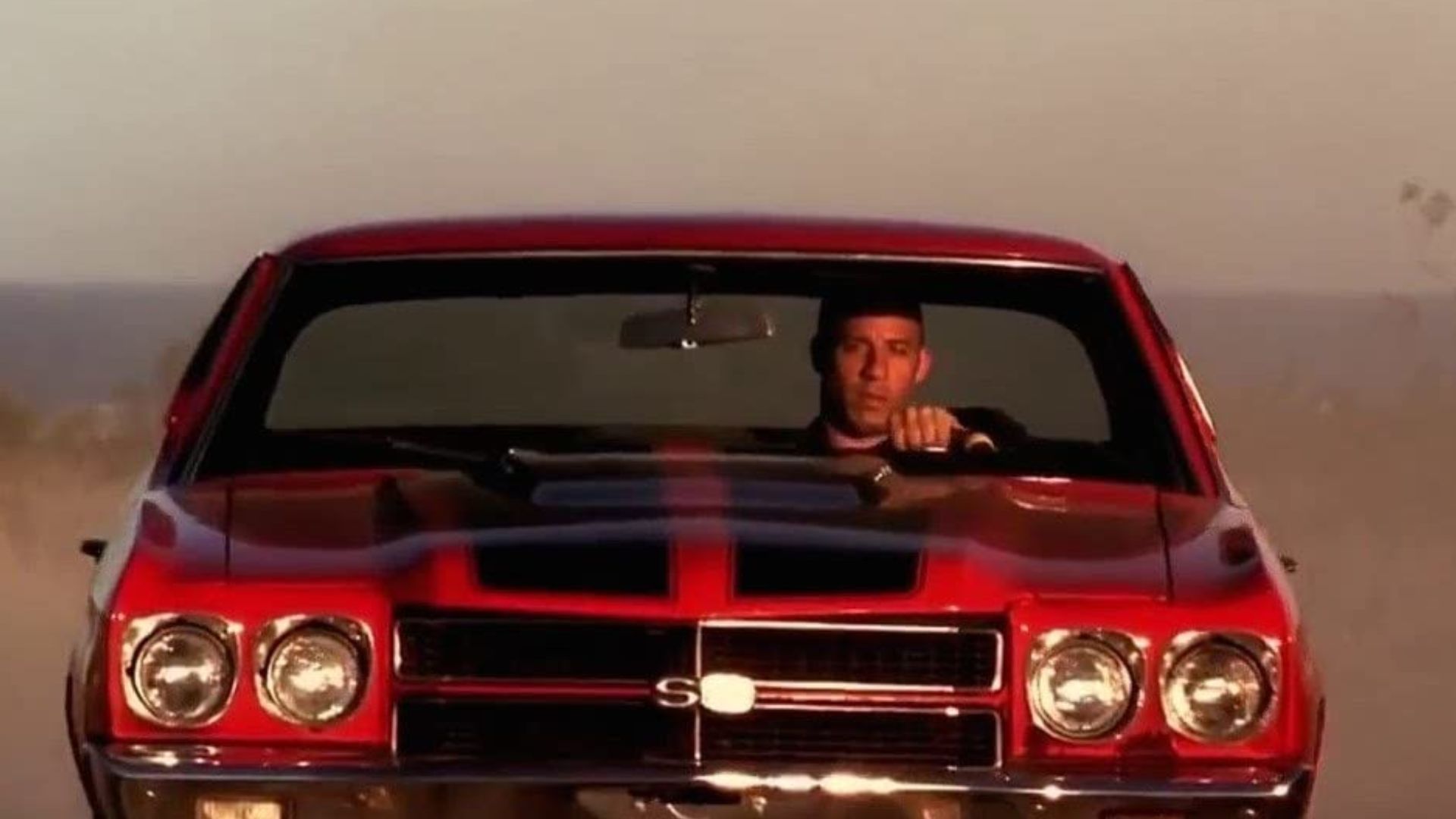
Of course, the original Fast and Furious movie also helped make stars out of Paul Walker and Vin Diesel. Sure, those two had been in other films, but they became cult heroes to the masses of rabid fans of the car-fueled franchise. Even though the street racing aspect of the franchise was left in the rearview mirror, each installment still gets butts in seats, unlike many Hollywood movies these days.
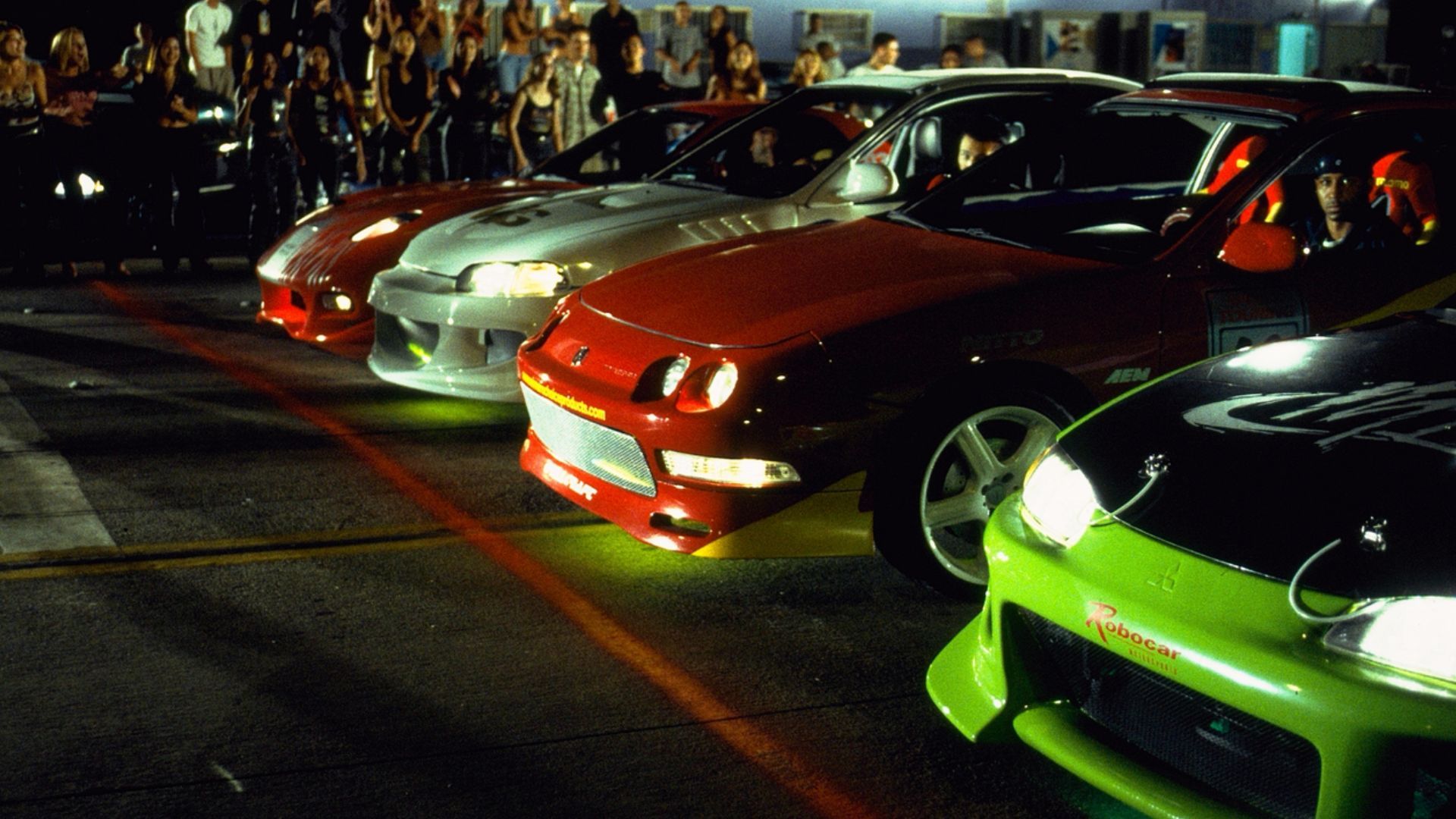
Back in 2001, nobody would have suspected The Fast and the Furious would become a huge franchise with many sequels and another on the way today. After all, it was easy to dismiss a movie where drivers endlessly shifted their five-speed cars, underglow kits and cheesy vinyl graphics were treated with reverence, and the plot was an obvious rip-off of the 1991 action movie Point Break starring Patrick Swayze and Keanu Reeves, only with cars instead of surf boards. It's been quite the journey, living a quarter mile at a time.
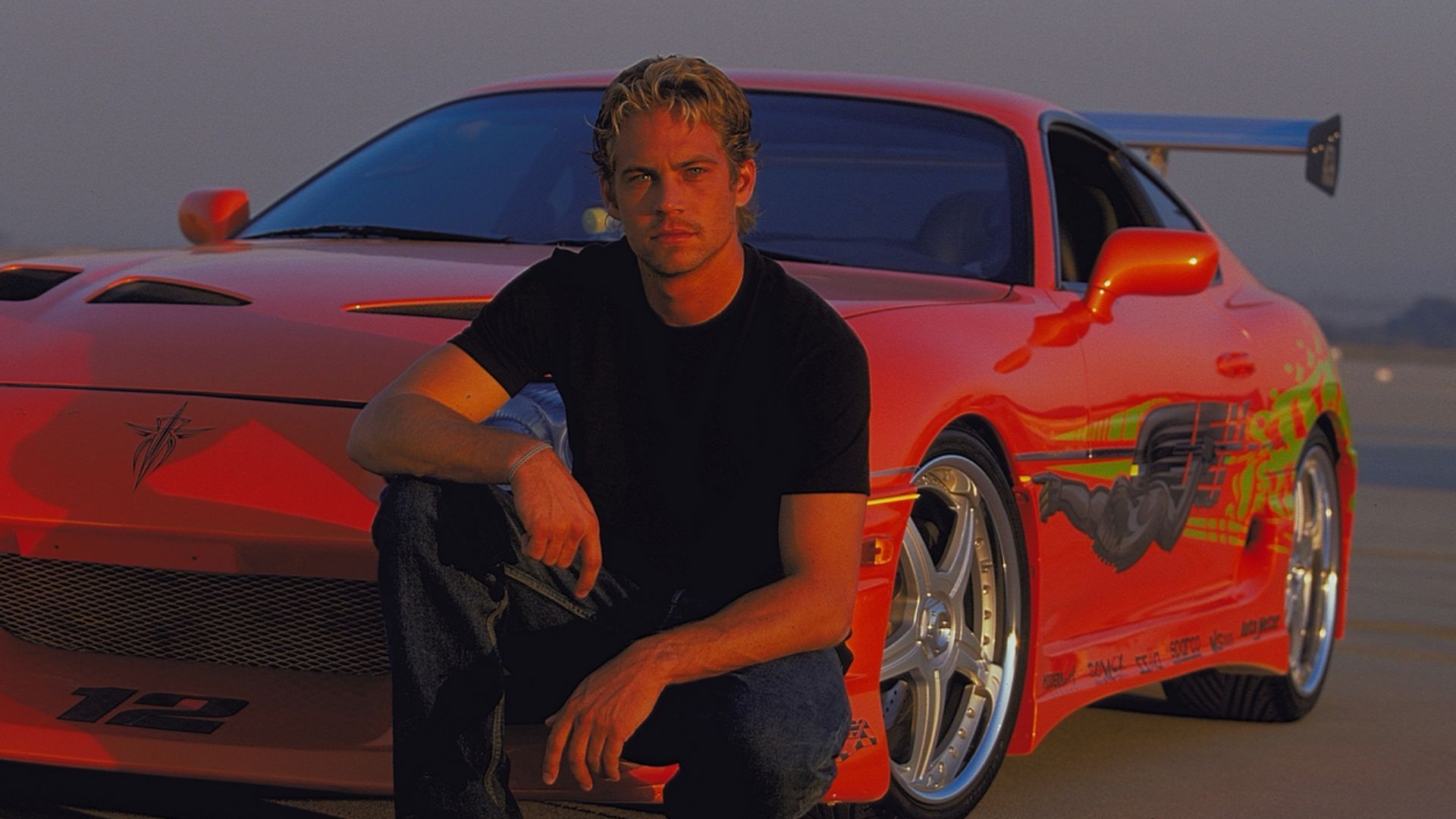
Photos via IMDB




